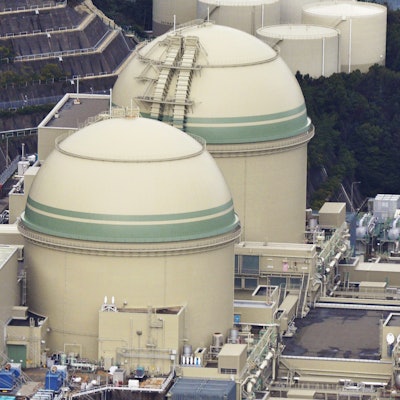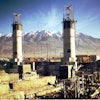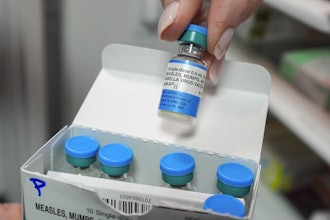
(AP) — Japan has restarted a nuclear reactor that uses plutonium-based fuel, the first of that type to resume operations under stricter safety rules introduced after the 2011 Fukushima disaster.
Japan's large stockpile of plutonium has raised international nuclear security concerns, and the government has come up with the idea of burning it in reactors as it desperately tries to reduce the amount.
The stockpile stems from Japan's ambition to reprocess spent fuel — an ambition yet to be realized.
The No. 3 reactor at Takahama nuclear plant in western Japan, operated by Kansai Electric Power Co., went back online Friday. It is the first that uses a plutonium-uranium hybrid fuel known as MOX to go back online since the accident.
Dozens of people protested outside the plant in Fukui prefecture, where preparations for a restart of another reactor, No. 4, were underway.
Fukui has more than a dozen reactors, the biggest concentration in one prefecture, causing major safety concerns to neighboring Kyoto and Shiga, whose Lake Biwa is a major source of drinking water for western Japan.
Nearly five years since an earthquake and tsunami caused reactor meltdowns, about 100,000 people still can't return to areas near the Fukushima Dai-ichi plant, where workers continue to struggle with the decommissioning of the plant, which will take decades.
Two reactors that use conventional uranium fuel were restarted last year.
Aiming to help businesses by generating energy, Japan's government is pushing to restart as many reactors as possible after they are deemed safe. Forty remaining workable reactors are still offline for safety checks.






















